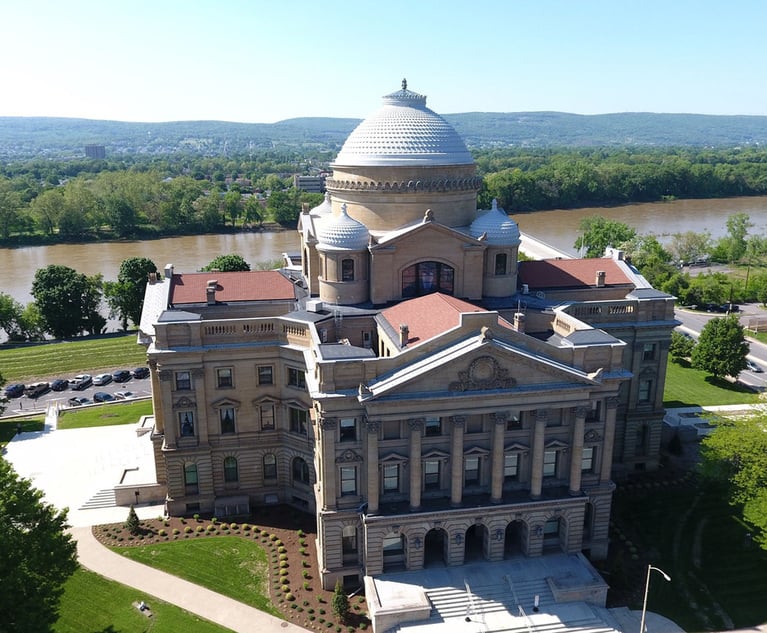In Chevron U.S.A. v. NRDC, the U.S. Supreme Court upheld the Environmental Protection Agency’s (EPA) regulatory definition of “stationary source” as a reasonable construction of the Clean Air Act. Although important for administering the statute, the precedential reach of Chevron was far broader.
The Chevron doctrine, as it is commonly called, instructs federal courts to defer to an administrative agency’s reasonable interpretation of a statute that the agency is authorized to administer where the statutory language is silent or ambiguous. As a result, courts reviewing agency regulations will, at Chevron Step 1, examine whether Congress has spoken clearly on the question at issue. If the statutory language is ambiguous or silent on the question posed, at Chevron Step 2, courts will evaluate whether the agency’s interpretation is reasonable; not whether in the court’s view the agency’s interpretation is best.
This content has been archived. It is available through our partners, LexisNexis® and Bloomberg Law.
To view this content, please continue to their sites.
Not a Lexis Subscriber?
Subscribe Now
Not a Bloomberg Law Subscriber?
Subscribe Now
LexisNexis® and Bloomberg Law are third party online distributors of the broad collection of current and archived versions of ALM's legal news publications. LexisNexis® and Bloomberg Law customers are able to access and use ALM's content, including content from the National Law Journal, The American Lawyer, Legaltech News, The New York Law Journal, and Corporate Counsel, as well as other sources of legal information.
For questions call 1-877-256-2472 or contact us at [email protected]


 Kenneth Warren of Warren Environmental Counsel. Courtesy photo
Kenneth Warren of Warren Environmental Counsel. Courtesy photo




